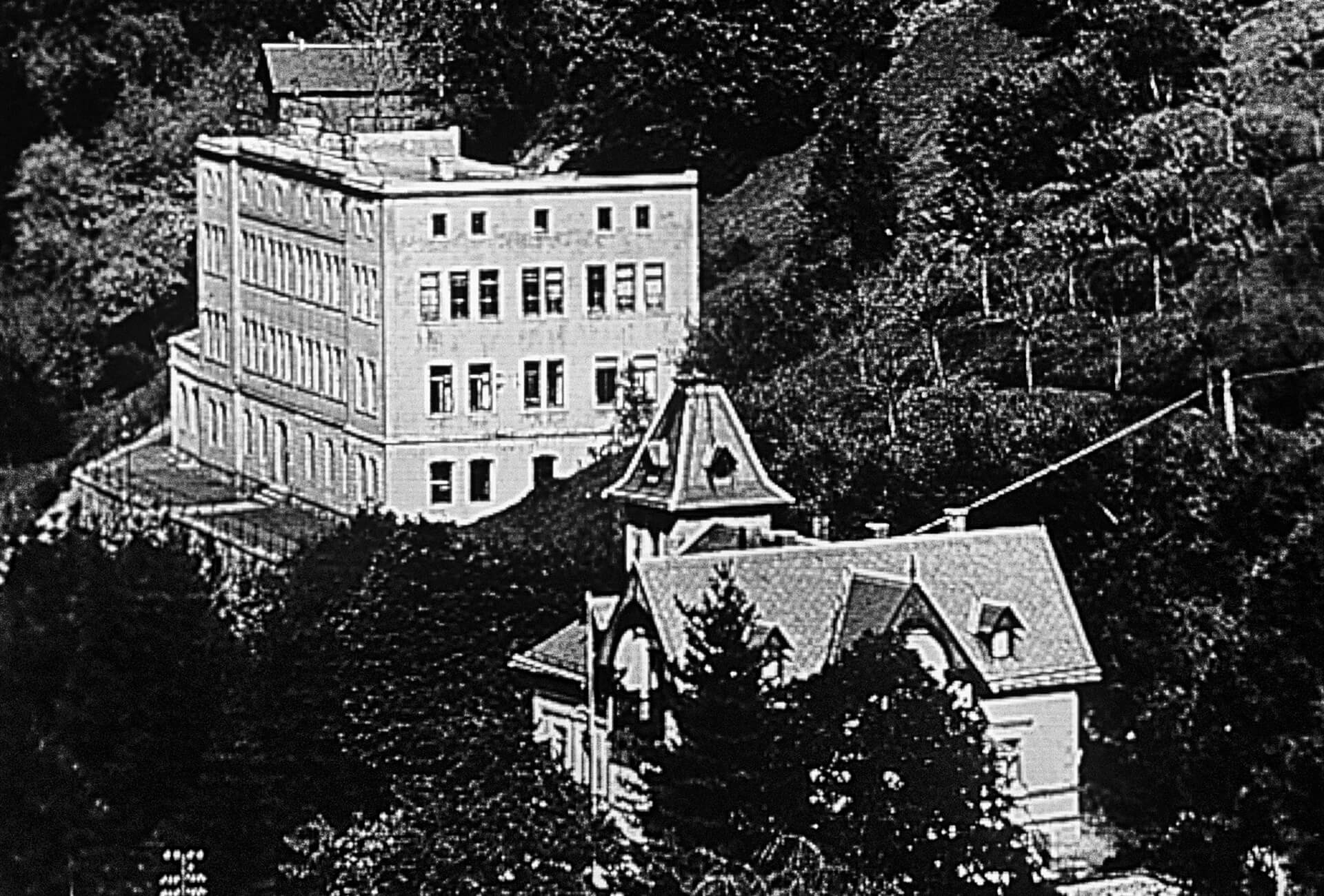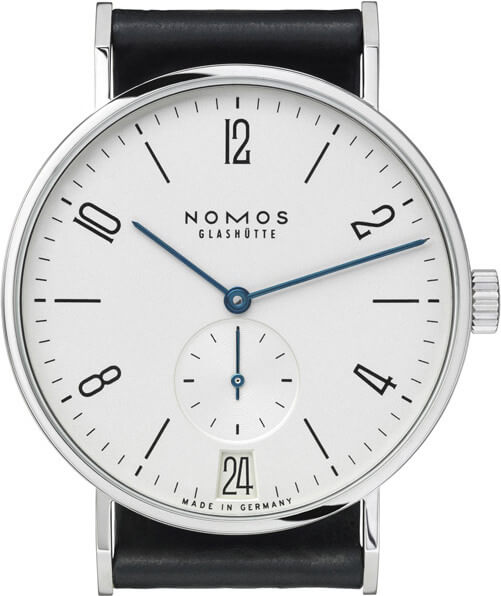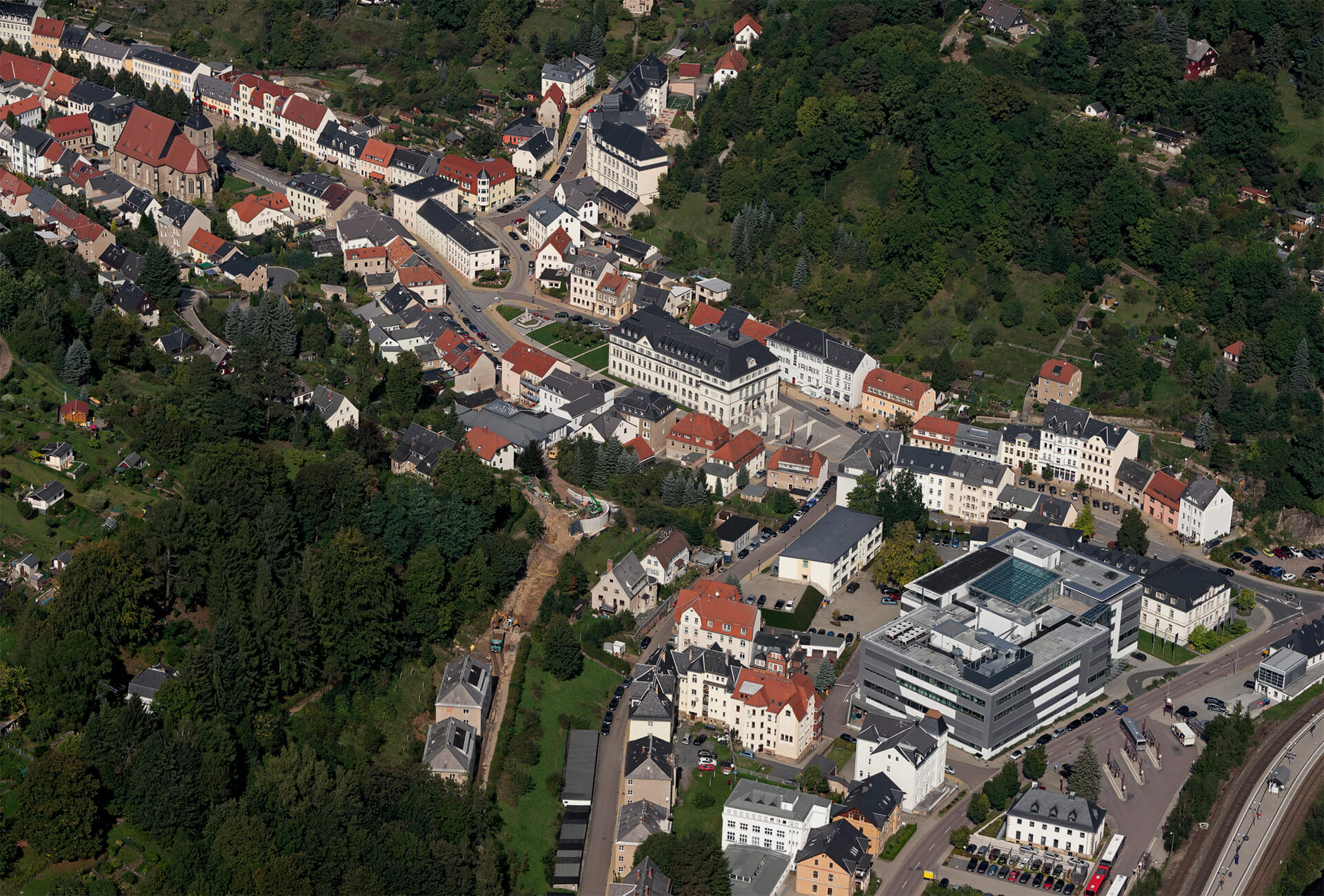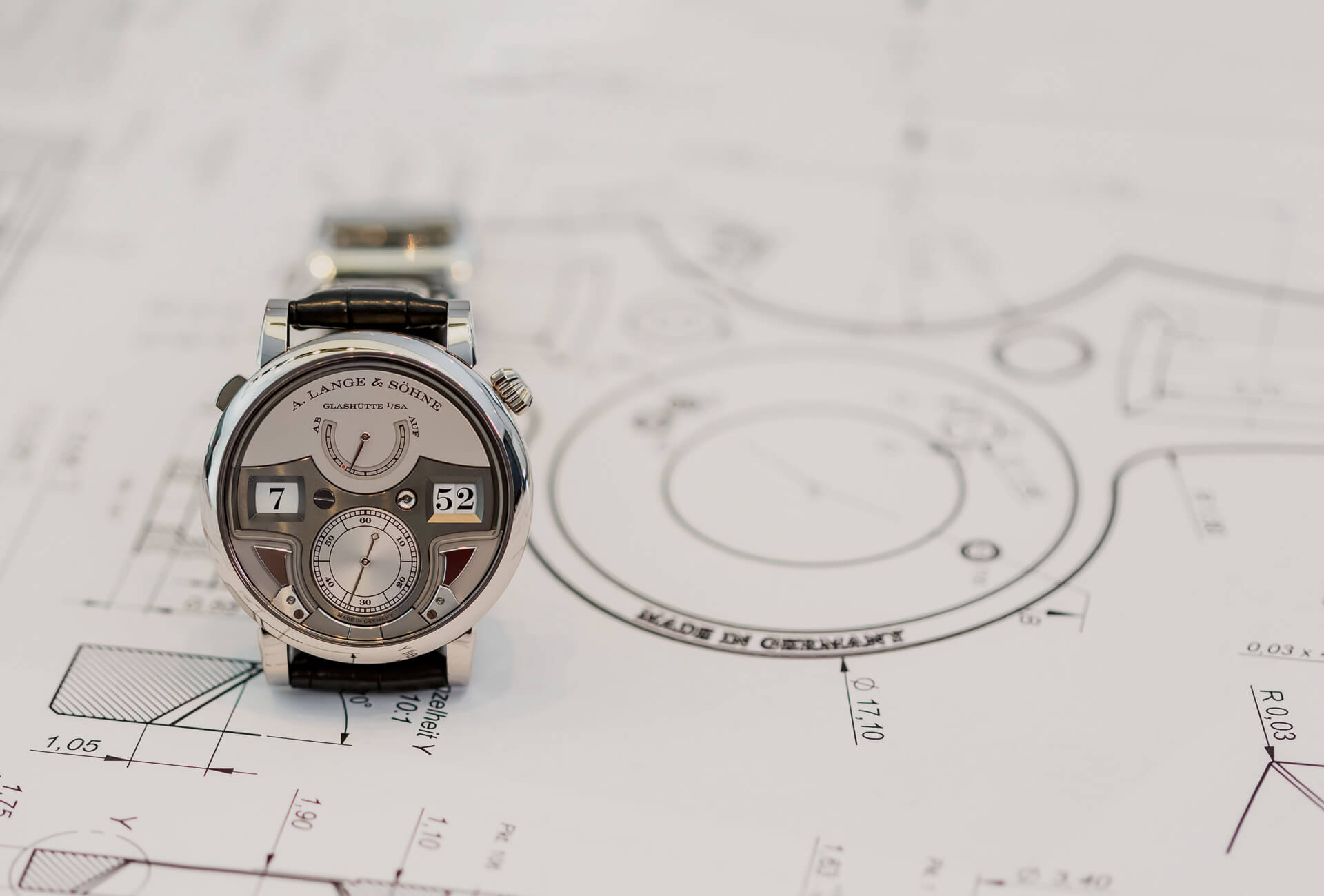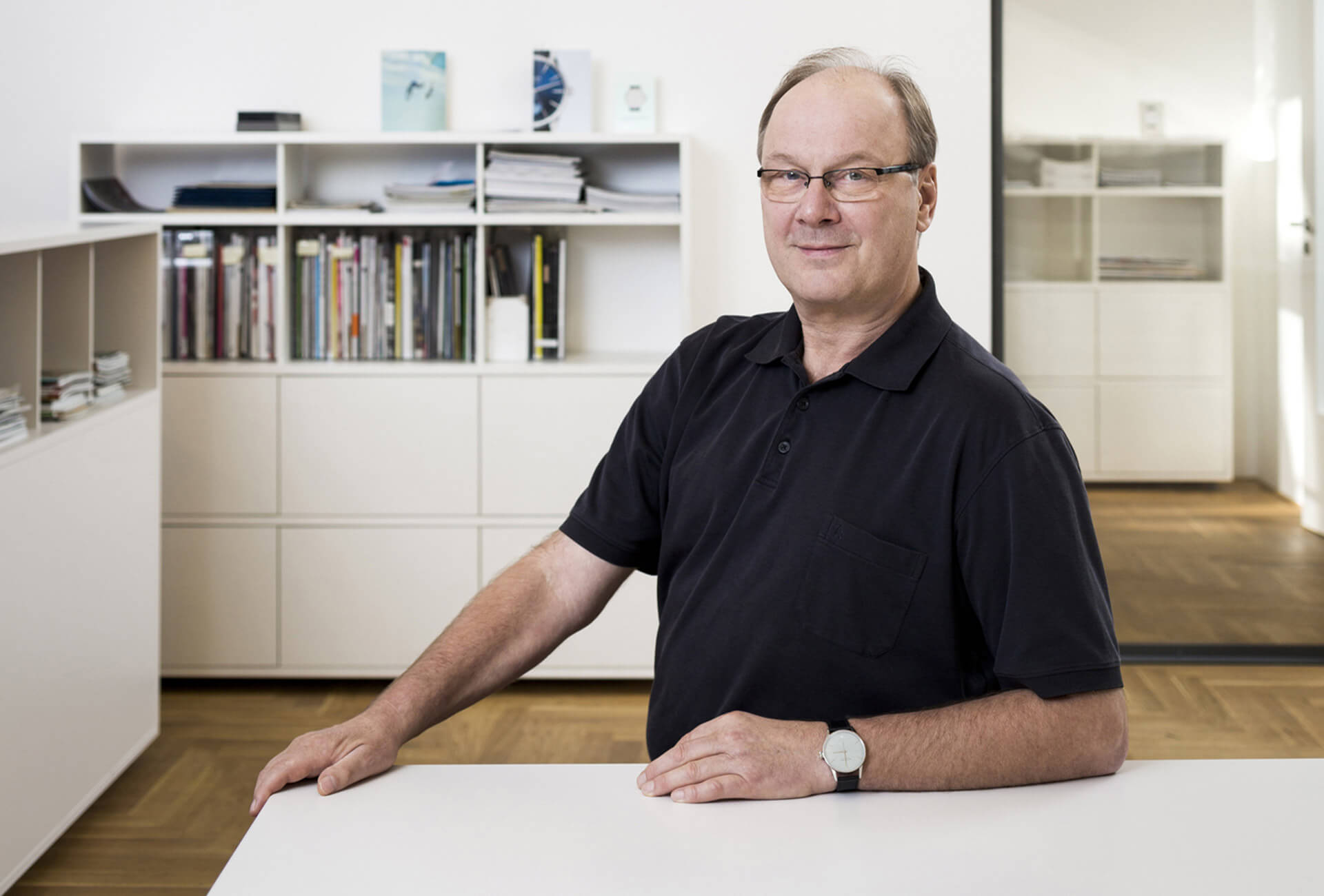Ask anyone with even a passing interest in horology where Germany’s watch industry is based, and they’ll answer: Glashütte. It’s an honour it once shared with Pforzheim, after Karl Friedrich, Grand Duke of Baden granted the first license for a watch and jewellery factory in 1767. The town flourished, yet despite the quality of its production struggled to compete internationally. There is still a watchmaking school in Pforzheim and brands in activity there – Stowa and Laco, for example, are well-known for their pilot and navy watches – but their reputation has failed to extend much beyond the home market. Pforzheim does have one famous son in Karl Scheufele I, who started the family’s watchmaking business there in 1904. After acquiring Manufacture Louis Ulysse Chopard in 1963, the Scheufele family moved to Geneva though it has maintained a production centre, Chopard Germany, in its hometown where it employs some 400 people manufacturing jewellery, chains and watch cases. As for the rest, whether established names such as Hanhart and Junghans, or more recent arrivals Chronoswiss, MeisterSinger or Lehmann, they have nothing in the way of ties to a particular locality. Glashütte is, beyond any doubt, the capital of German watchmaking.
Tutima, a century old
For the end customer, nothing says quality, precision or reliability more forcefully than the word Glashütte on a dial – though it’s a title that must be earned, as Alexander Philipp, COO at Tutima, explains: “A watch can only carry the Glashütte designation if at least 50% of its value was produced in the town. This means, for example, that if I buy in a movement worth €100, I have to invest the same amount in finishing or customising that movement in order to qualify for the Glashütte label.” It’s this label that prompted Tutima to set up in Glashütte in 2008 – a legitimate move considering that the brand’s almost one-hundred-year history is entwined with that of the town’s watch industry. The foundations for the company were laid in the difficult years after the First World War. Glashütte’s watch factories were closing down one after the other, brought to their knees by rampant inflation and unequipped to meet new demand for wristwatches. The Saxony government intervened and it was thanks to this, and help from the region’s central bank, that Dr Ernst Kurtz, a qualified jurist, was able to salvage what remained of the industry in 1927. He assembled anything worth saving into two new entities: Uhren-Rohwerke-Fabrik Glashütte (Urofa) for movement production and Uhrenfabrik Glashütte (Ufag) for assembly and distribution. At the age of 26, Ernst Kurtz became a local legend. As did Calibre 58, introduced in 1934 as the symbol of Glashütte’s reincarnation in wristwatches; 350,000 were made until 1945.
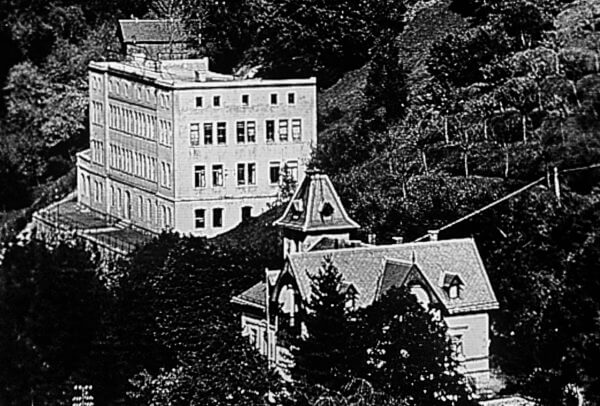
The Tutima name – from the Latin tutus meaning safe or reliable – dates from this era and was used for the company’s most prestigious timepieces. Its new-found prosperity would, however, be short-lived. Glashütte was heavily bombed during the Second World War, following which its manufacturing resources were seized by the Soviets. When the town found itself part of the newly-formed GDR, Ernst Kurtz and a small group of employees relocated to West Germany where they started anew, first in Bavaria then in Lower Saxony, in Ganderkesee. Dieter Delecate, a long-time associate of Kurtz, took the reins in the 1960s, followed shortly after by his three children. True to its name, Tutima was safe. The fall of the Berlin Wall opened up new prospects for the brand, which was only too happy to pick up the thread of its Glashütte origins. And so for the past ten years, Tutima has operated from a new building overlooking the railway lines in addition to a second production site also in the town. In 2011, after four years of development, Tutima presented the limited-edition Hommage, the first minute repeater to be developed and made entirely in Glashütte – proof of the brand’s commitment to quality. Tutima now employs 35 staff and has been manufacturing watches with the Glashütte label since 2014. Production, currently in the region of 5,000 units a year across four lines, is essentially based on customised ETA calibres, except for the Patria collection which is equipped with Tutima’s own in-house calibre.
Nomos, full of promise
Of the many newcomers drawn to Glashütte by its horological past, it would be impossible not to mention Nomos. From small beginnings in 1990, with three people working out of a rented flat in the town, the company now employs just short of 300 staff across three sites, in addition to the several dozen employed at its design studio in Berlin. Visitors are welcomed at what was once the town’s train station, now reincarnated as a building as sleek and minimalist as the watches themselves. From there, it’s a short trip to the industrial and machining site, located just outside town. It’s a surprisingly attractive structure considering that in three to four years’ time the brand plans to up sticks and relocate within the town itself – contingent on land, a rarity, becoming available. Next comes Nomos Chronometrie, a red-roofed building in the hills reserved for R&D and assembly, before making a final stop at the Nomos shop; the brand’s only point of sale in Glashütte. Such a strong presence is the result of extraordinary growth by a brand that has yet to turn thirty. As Patricia Hellmuth, head of press relations at Nomos, points out, the brand increased its sales by around 30% a year between 2014 and 2016, and by 20% in 2017 which was a tough year for the watch industry in general.
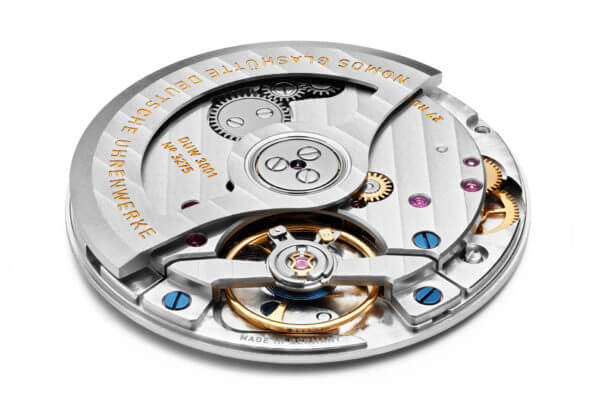
Nomos has built its success on the back of a winning concept: a functional, recognisable design that takes root in the Deutscher Werkbund, a movement that would give rise to Bauhaus; affordable price points with most of its watches retailing between €1,000 and €5,000, and a solid mechanical background – the brand has been making its own movements since 2005. There are currently 12 collections and ten in-house calibres, including the DUW 3001, a significant stage in the brand’s history. “A new era began for Nomos in 2014,” says Patricia Hellmuth, “when we gained independence from Swiss suppliers thanks to our manual-wind DUW 1001 calibre. We followed this up the very next year with the DUW 3001, an extra-thin automatic movement measuring 3.2mm high. We invested seven years in developing the escapement, working alongside a number of research centres. For a ‘small’ brand such as ours, it’s worth noting.” Multiple references have followed since. In terms of winding efficiency, Rolex is the benchmark while precision conforms to COSC standards (-4/+6 seconds/day). Nomos more than complies with the Glashütte designation; 95% of value is produced locally. And while Nomos benefits from the Glashütte name, the town has gained a new ambassador with an already promising international future. A twist of fate, Nomos the newcomer moved to Glashütte the exact same year that the town’s oldest name was registered anew by a certain Walter Lange…















